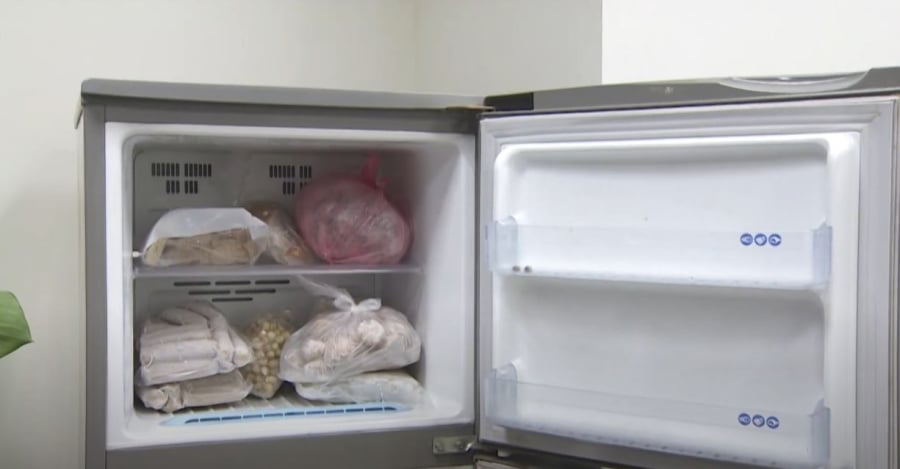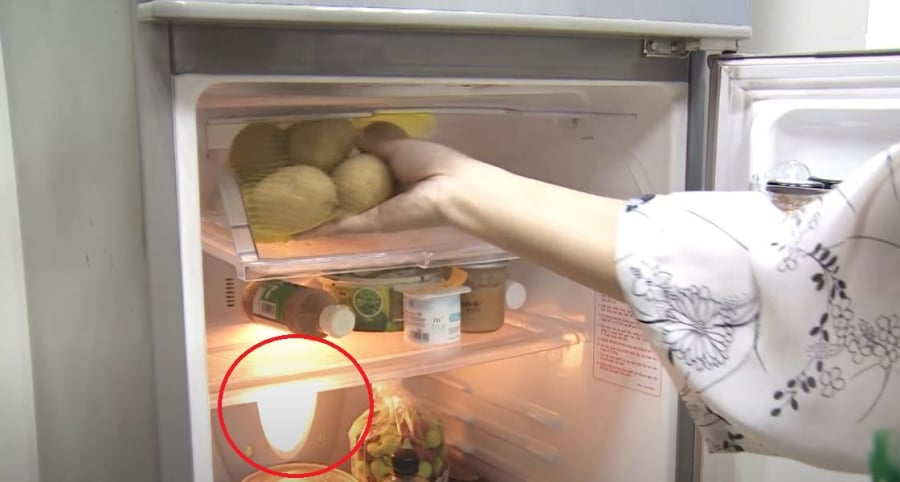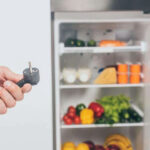Why Don’t Freezer Compartments in Refrigerators Have Lights?
Refrigerators are essential appliances for many households. They help preserve food, save time on grocery shopping, and prevent food wastage.
Today’s refrigerators come in various designs. Some have two doors, while others have four or more. The freezer compartment can be located either at the top or the bottom. Older models used to have mechanical control panels with buttons or knobs. Modern refrigerators, on the other hand, often feature touch-sensitive control panels and LED displays.
However, regardless of whether it’s an old or new model, there’s one common feature: the refrigerator compartment has a light, but the freezer doesn’t. The placement of lights in refrigerators makes them more convenient to use, allowing better visibility of their contents. So, why don’t manufacturers ever put lights in the freezer compartment?

Freezer compartments typically don’t have lights.
According to Robert H. Frank, a professor of economics at Cornell University, it all boils down to cost-benefit principles. Firstly, the freezer compartment is accessed far less frequently than the refrigerator compartment. Therefore, installing a light there isn’t really necessary.
Throughout the day, you might open the refrigerator door multiple times to get fruits, drinks, or ingredients for meal preparation. Sometimes, you might even stand there with the door open, unsure of what you want to eat or drink. You might also open the refrigerator at night for a snack or a drink. In all these scenarios, the light inside the refrigerator plays a crucial role.
In contrast, the freezer compartment is accessed much less frequently. You might only need to open it a few times a week to get ice or frozen food. Moreover, when you do open the freezer, it’s usually while cooking, so the kitchen lights are already on, rendering an additional light in the freezer unnecessary. Additionally, the freezer compartment is typically located at the top, where it can catch light from above.

Unlike the freezer, the refrigerator compartment always has a light that turns on automatically when the door is opened.
Another reason manufacturers omit lights from the freezer compartment is to keep production costs down. While adding a light to the freezer might not seem like a significant expense, for large corporations, profit is paramount, and even the smallest cost-cutting measures can help optimize production costs and increase profits.
From the consumer’s perspective, the absence of a light in the freezer compartment also helps reduce the purchase cost of the appliance and saves on electricity bills. If the freezer had a light, consumers would have to pay more for the appliance and for the additional electricity it would consume.
In reality, installing a light in the freezer compartment wouldn’t offer much benefit anyway. The freezer compartment is usually quite small, and people tend to stack food items on top of each other to maximize space. A small light would likely be obscured by boxes and bags of frozen food, rendering it useless.
Furthermore, in the past, freezers used to accumulate thick layers of ice over time, making the installation of a light pointless.
Although newer models introduced in the 1950s solved the ice buildup issue, the tradition of not including a light in the freezer compartment persisted. Consumers had become accustomed to freezers without lights, so manufacturers saw no reason to change this aspect of their products.
Additionally, traditional incandescent light bulbs would break easily from frequent on-off cycles in low-temperature environments. They also generated significant heat, which would have a detrimental effect on the cooling system’s efficiency. Thus, installing a light in the freezer compartment was not a sensible choice.
Even with the advent of improved lighting technology, such as lights that can withstand high temperature variations and emit minimal heat, the design choice to exclude lights from freezer compartments has remained unchanged.
While it is technically possible for manufacturers to include lights in freezer compartments, doing so would increase production costs. The question then becomes whether consumers would be willing to pay more for this feature. Based on cost-benefit principles, it is predicted that even high-income consumers would not be inclined to spend extra money on a refrigerator with a lit freezer compartment, as it is not perceived as a necessity.
The Coolest Hack: Using Your Fridge as a Washing Machine.
“Your refrigerator is more than just a food storage appliance. It’s a versatile machine with hidden talents! Did you know it can work wonders in freshening up your favorite pair of jeans or removing stubborn odors from clothes? Uncover the unexpected uses of your refrigerator and discover a whole new world of possibilities beyond food preservation.”






































